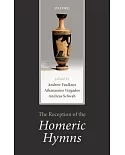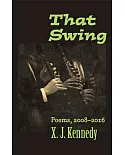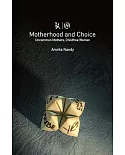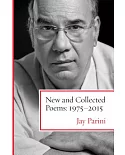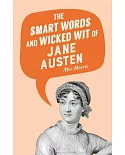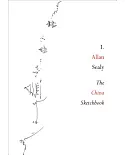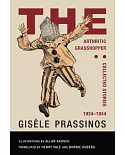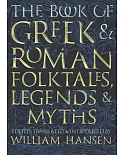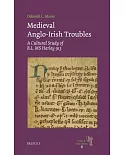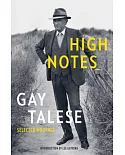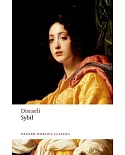This is the first book-length study of the Scottish Legendary of the late fourteenth century. The only extant collection of saints’ lives in the vernacular from medieval Scotland, the
work scrutinises the dynamics of hagiographic narration, its implicit assumptions about literariness, and the functions of telling the lives of the saints.
The fifty saints’ legends are remarkable for their narrative art: the enjoyment of reading the legends is heightened, while didactic and edifying content is toned down. Focusing on the role of
the narrator, the depiction of the saintly characters, their interiority, as well as temporal and spatial parameters, it is demonstrated that the Scottish poet has adapted the traditional
material to the needs of an audience versed in reading romance and other secular genres. This study scrutinises the implications of the Scottish poet’s narrative strategies with respect to the
Scottishness of the Legendary and its overall place in the hagiographic landscape of late medieval Britain.




